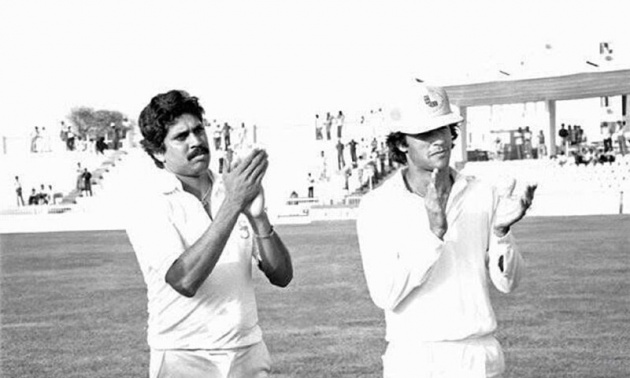
The arrival of the World Cup to India and Pakistan from English shores was the ultimate harbinger of change in the cricketing community. No two cultures, societies, climate, environment, not to mention the people, could be so uniquely dissimilar than Europe and South Asia. And yet, here it was: a World Cup in South Asia.
The British and their allies were of course not too pleased with the World Cup leaving English shores. In fact, it had taken a 16-12 vote, with a promise of more money to associates and full members, which turned the tide against England, who couldn’t match the money.
But the outcry didn’t stop with the announcement of the World Cup shifting elsewhere: there were howls of anticipated chaos in South Asia from those who claimed to come from “civilized” parts of the world. All visiting tours by teams such as England, Australia and New Zealand had their share of horror stories of food, water, heat, and dust. The media in these countries exaggerated their accounts. Players including England’s Ian Botham and David Gower, and New Zealand’s Richard Hadlee, opted to sit out.
But the Cup wasn’t going to wait for any superstar. As history transpired, it was going to throw up new legends and heroes in the process.
Far from the silent crowd and petite grounds of England, South Asia’s huge stadiums dwarfed all memories of the previous World Cup editions, with incessant humming of thousands reverberating around the grounds. Each wicket was met with screams and every run scored was cheered on. That the Indians were the defending champions at home added to the charm of the cup in India, while Pakistani spirits were buoyant because their team was regarded as the world’s best at the time and playing at home was considered a significant advantage.



